We design in dialogue with context, and the most important part of the context is the people who live in a place. So our work always begins with conversations. These conversations may be part of qualitative analysis, developing ideas, testing options, and increasingly, shaping policy and plans.
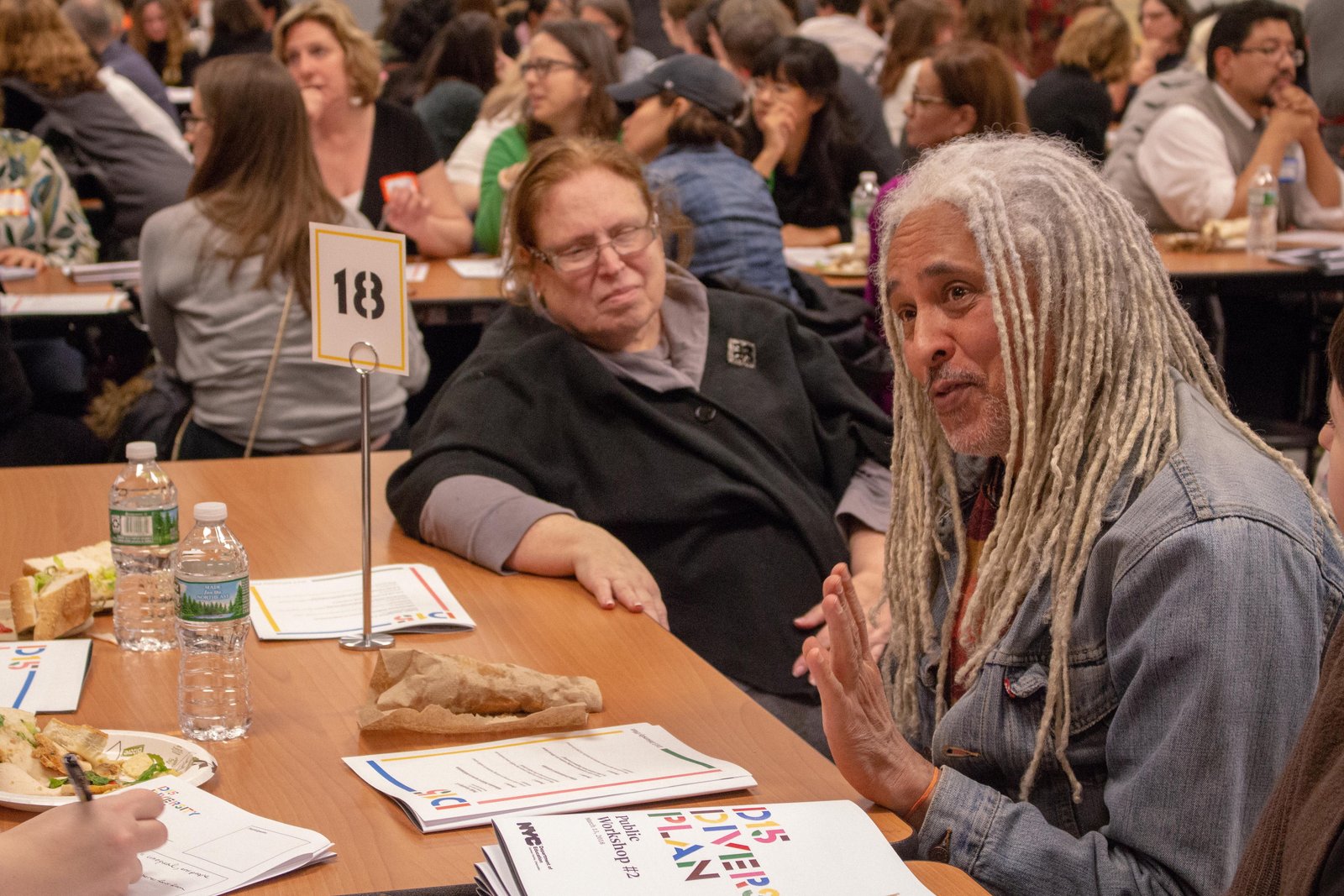
For the D15 Diversity Plan, which served as a blueprint for districtwide integration plans and paved the way for broader systemic change in education policy and practice, the WXY-led working group engaged community members to discuss ideas and share insights through various workshops.
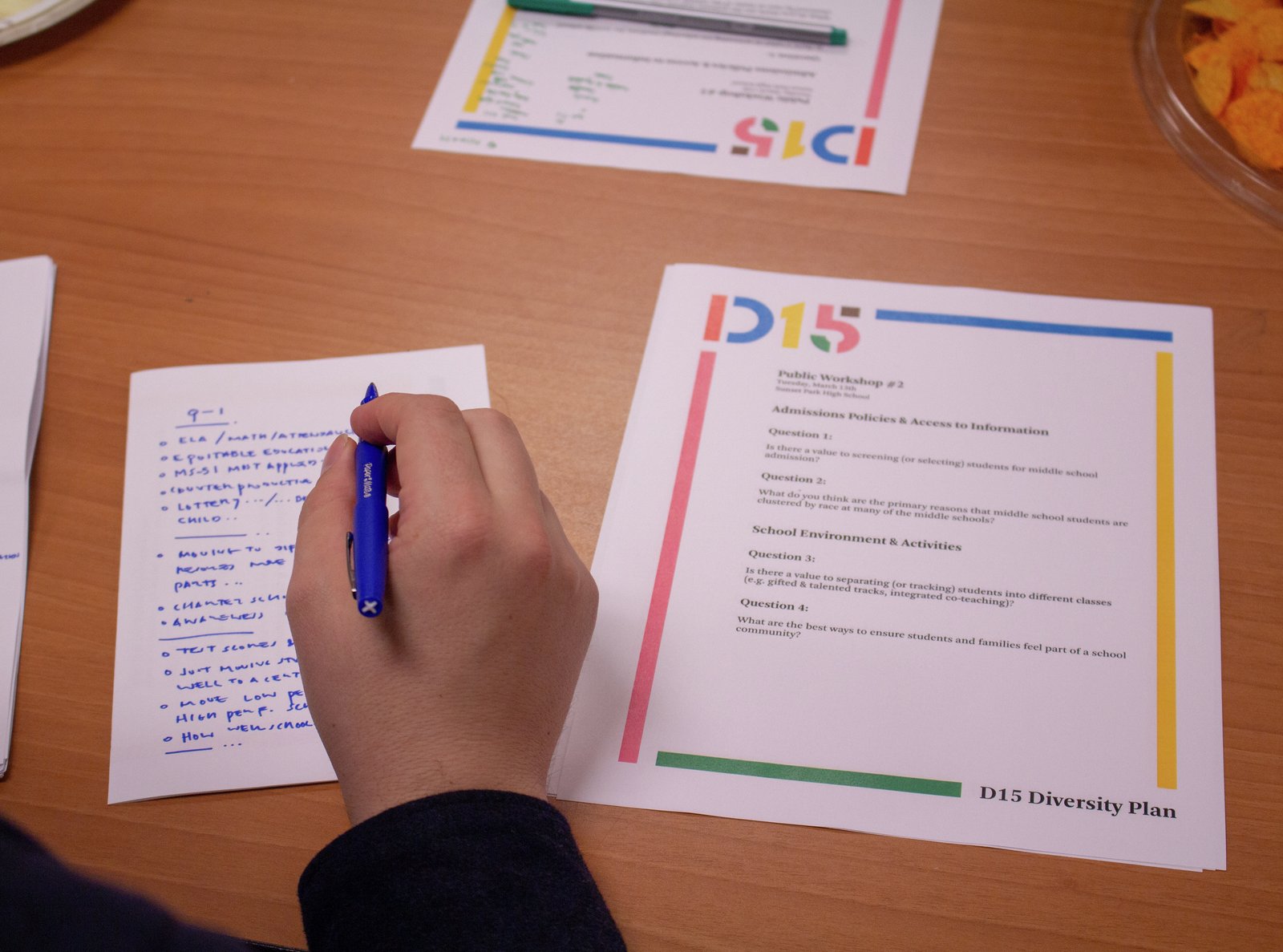
For public workshops, questionnaires were designed to ask participants and stakeholders specific questions.
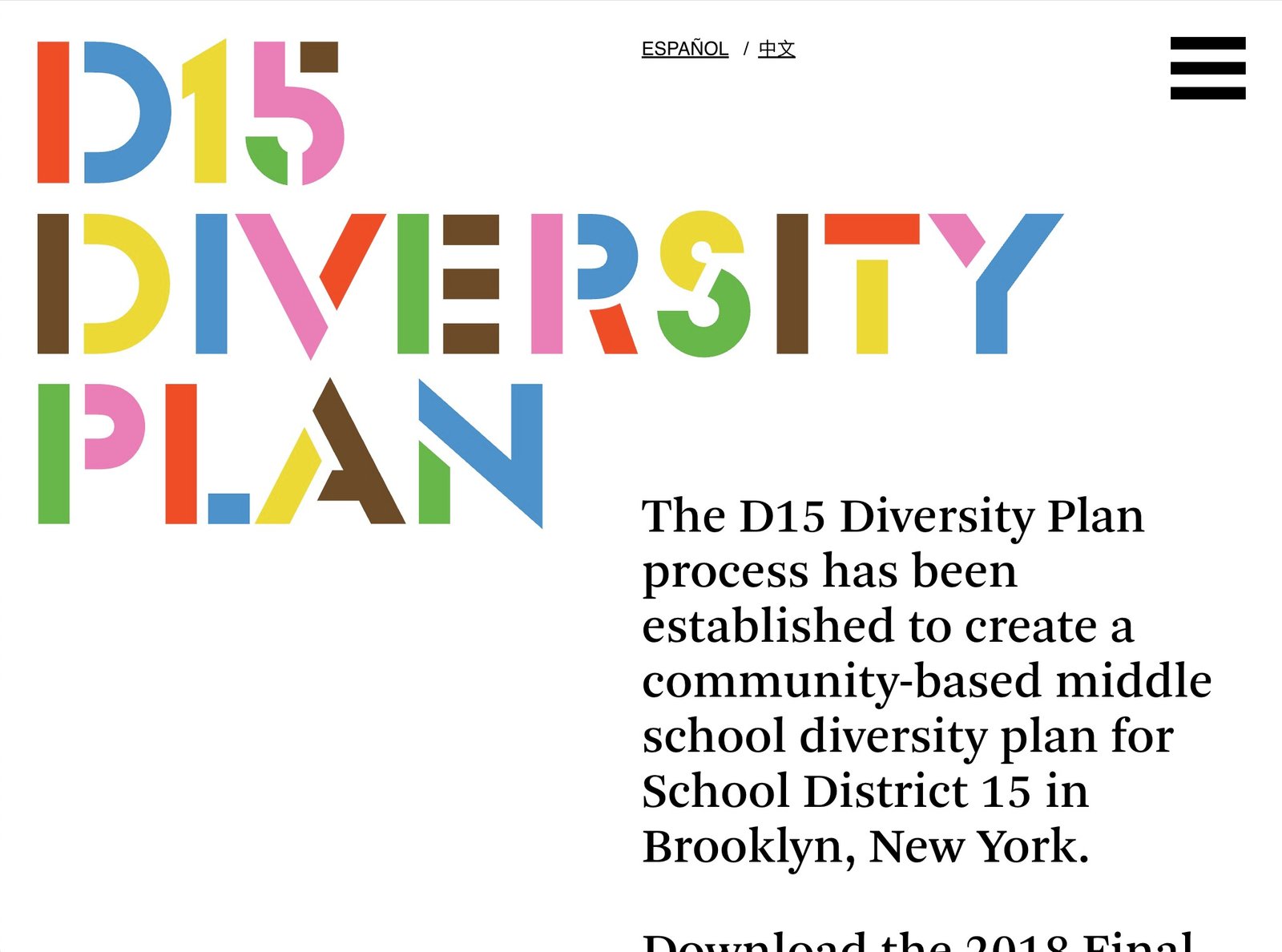
The project website made the process, updates, opportunities for participation, and results accessible to the public.
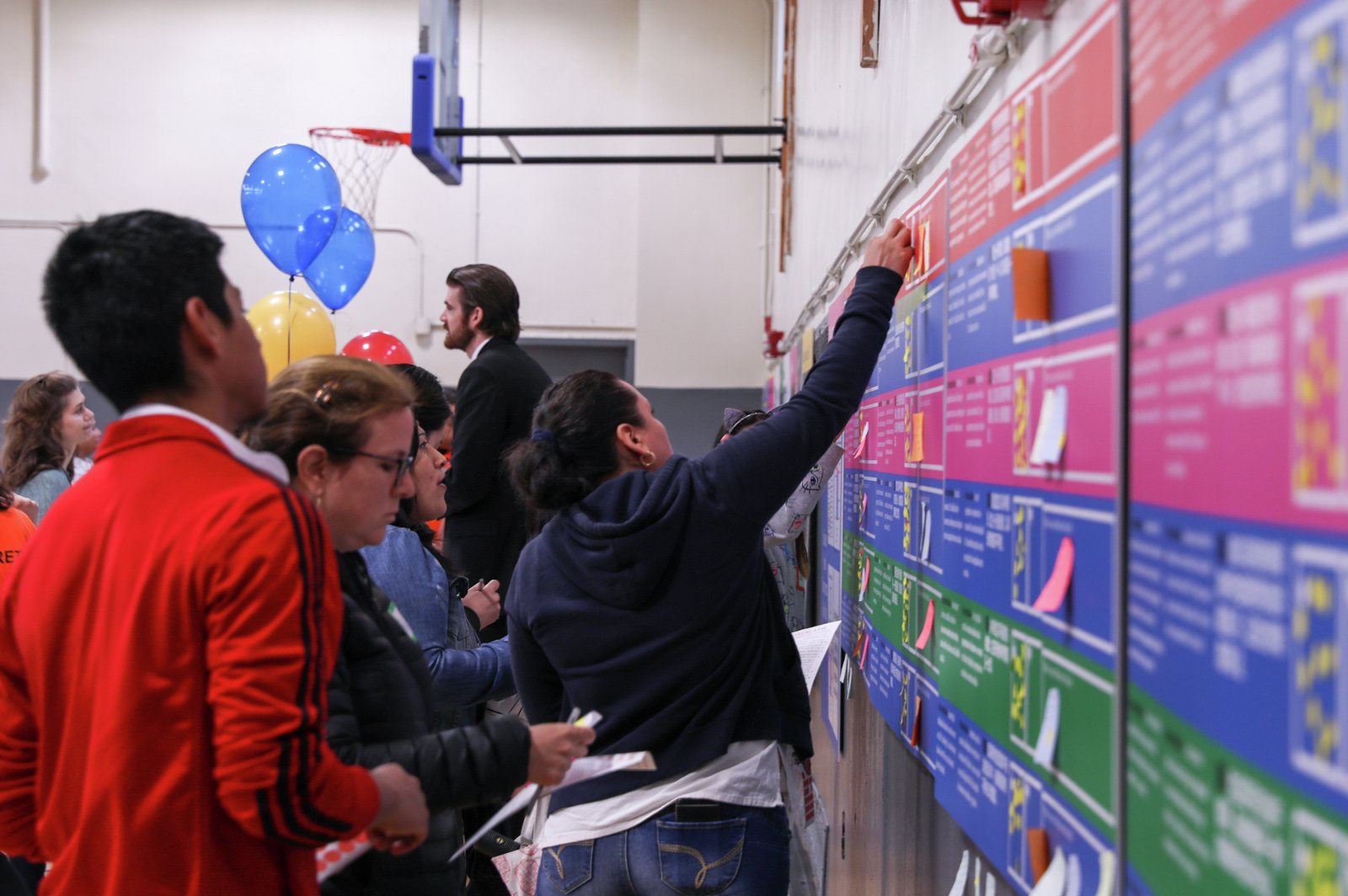
WXY's team led the District 15 Diversity Plan in 2018 and evaluated its impacts in 2024. This breakthrough initiative for Brooklyn middle schools serves as a blueprint for districtwide integration, paving the way for systemic change in education policy and practice.
Making changes in the built environment is a complex process. How do we balance city-wide objectives with local needs, financial drivers, and sustainability? We ask these questions through the use of clearly designed information and presentations, web apps, modeling tools, surveys and carefully mediated meetings.
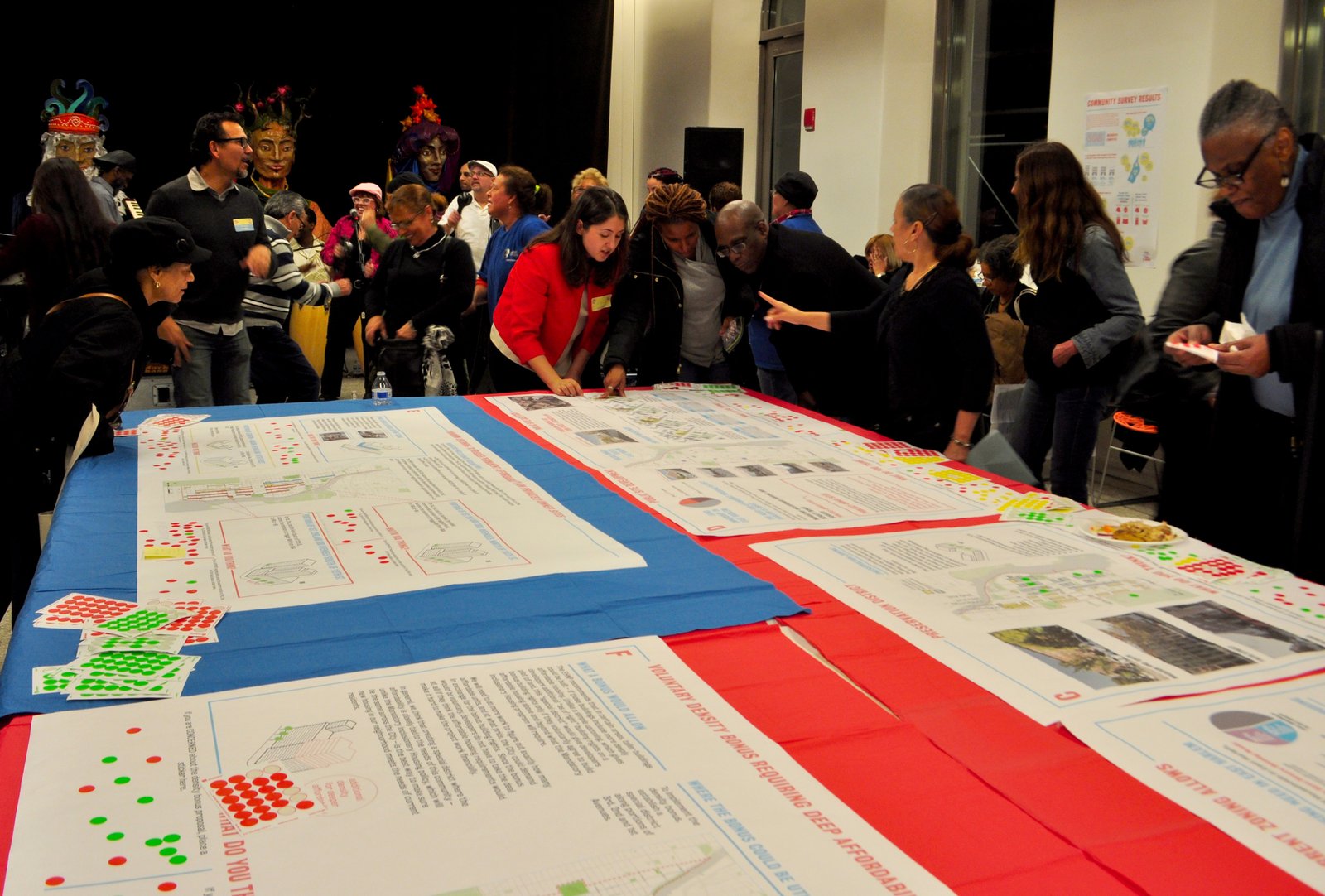
The East Harlem Neighborhood Plan was developed through a robust engagement process that WXY designed, including public visioning sessions, theme-based working groups, digital tools, and public meetings.
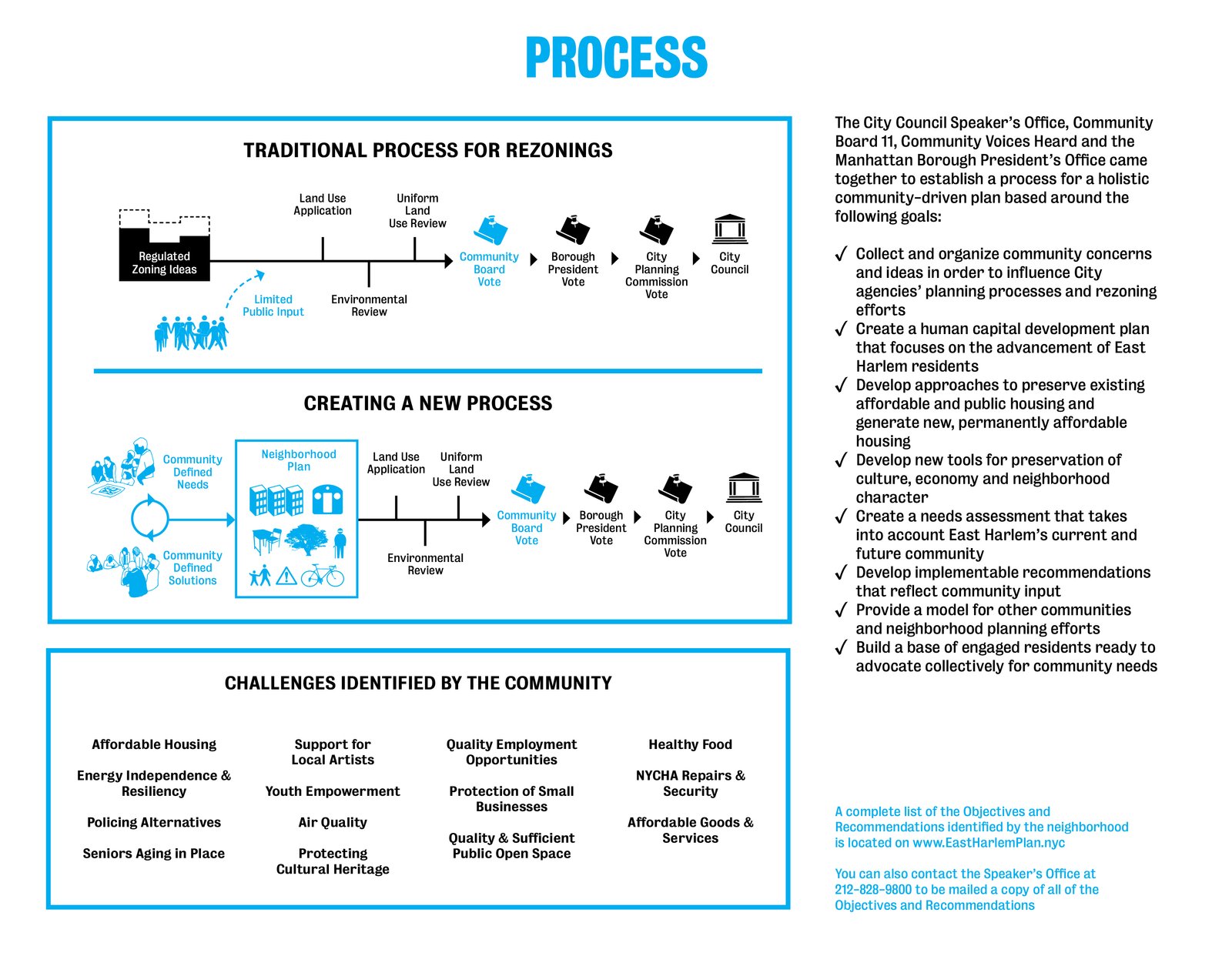
The framework that prioritized local concerns and the open exchange of ideas, led to a consensus-driven plan, addressing issues from housing to community safety and open space, revealing that zoning alone cannot achieve comprehensive planning.
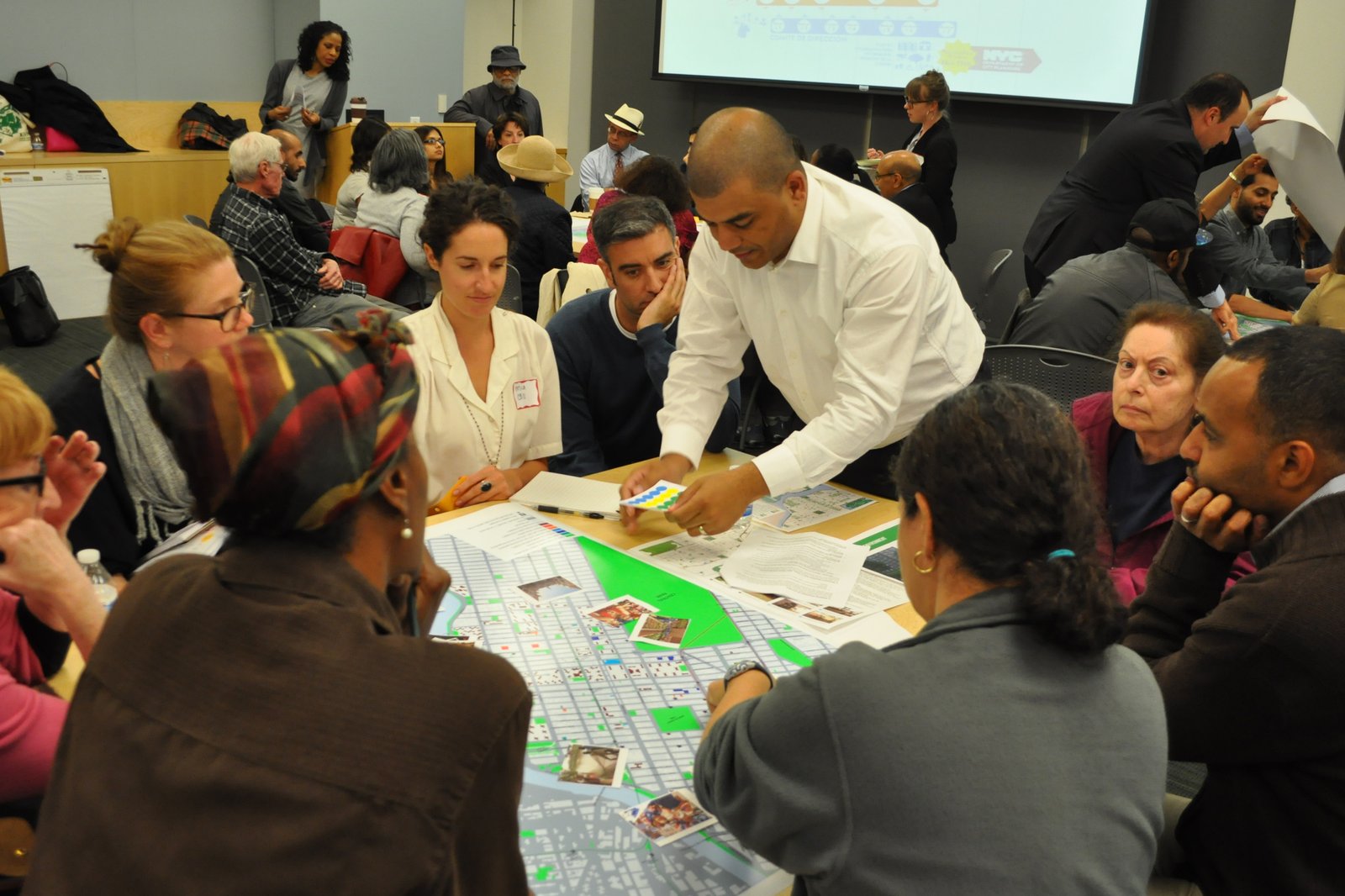
Our vision for the East Harlem Neighborhood Plan respects the character and history of the neighborhood while implementing a way toward a better future through innovative urban solutions. Working closely with the community, we integrated public spaces, sustainable housing, and improved transit, creating a livable community that embraces growth while maintaining its authenticity.
Creating the right kind of dialogue is its own design challenge. It requires transparent decision-making protocols, dynamic meeting structures utilizing various techniques, and clear and engaging visual communications.
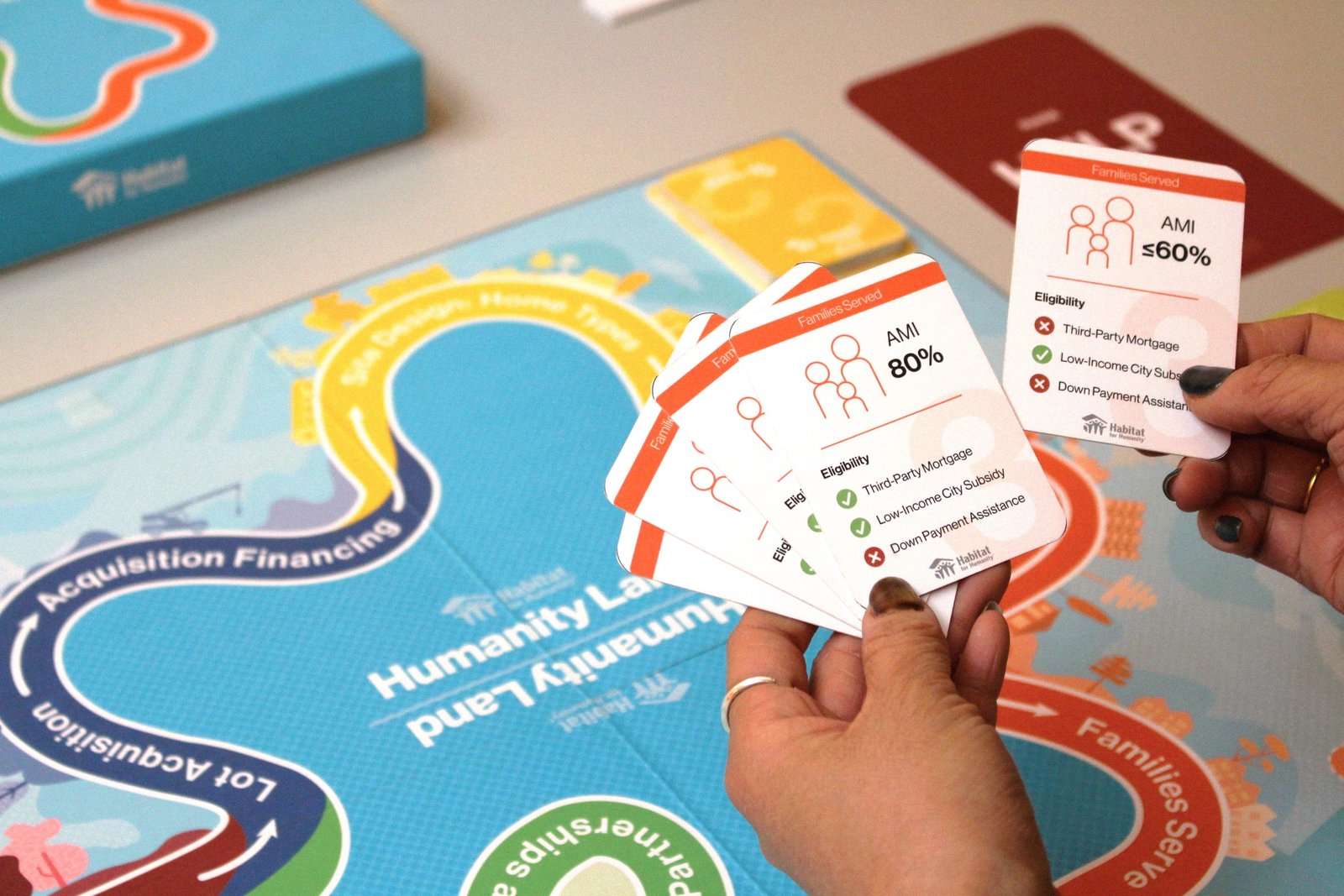
Working closely with Habitat For Humanity leadership, our team developed an interactive game called Humanity Land to facilitate discussions around affordable housing development.
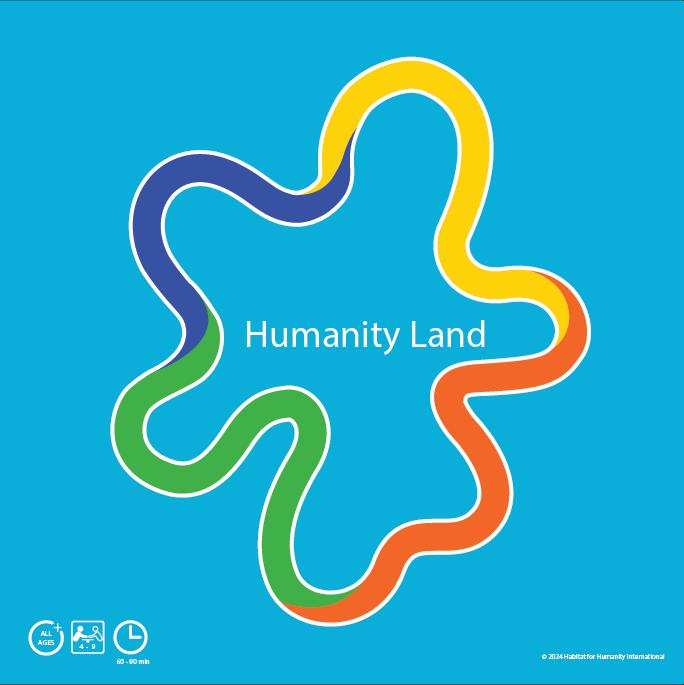
WXY partnered with Habitat for Humanity to develop Humanity Land, an interactive board game and web app. This tool engages affiliates in tackling challenges around serving low-income families, allowing them to explore priorities, financing options, partnerships, and strategies through an immersive, collaborative experience.
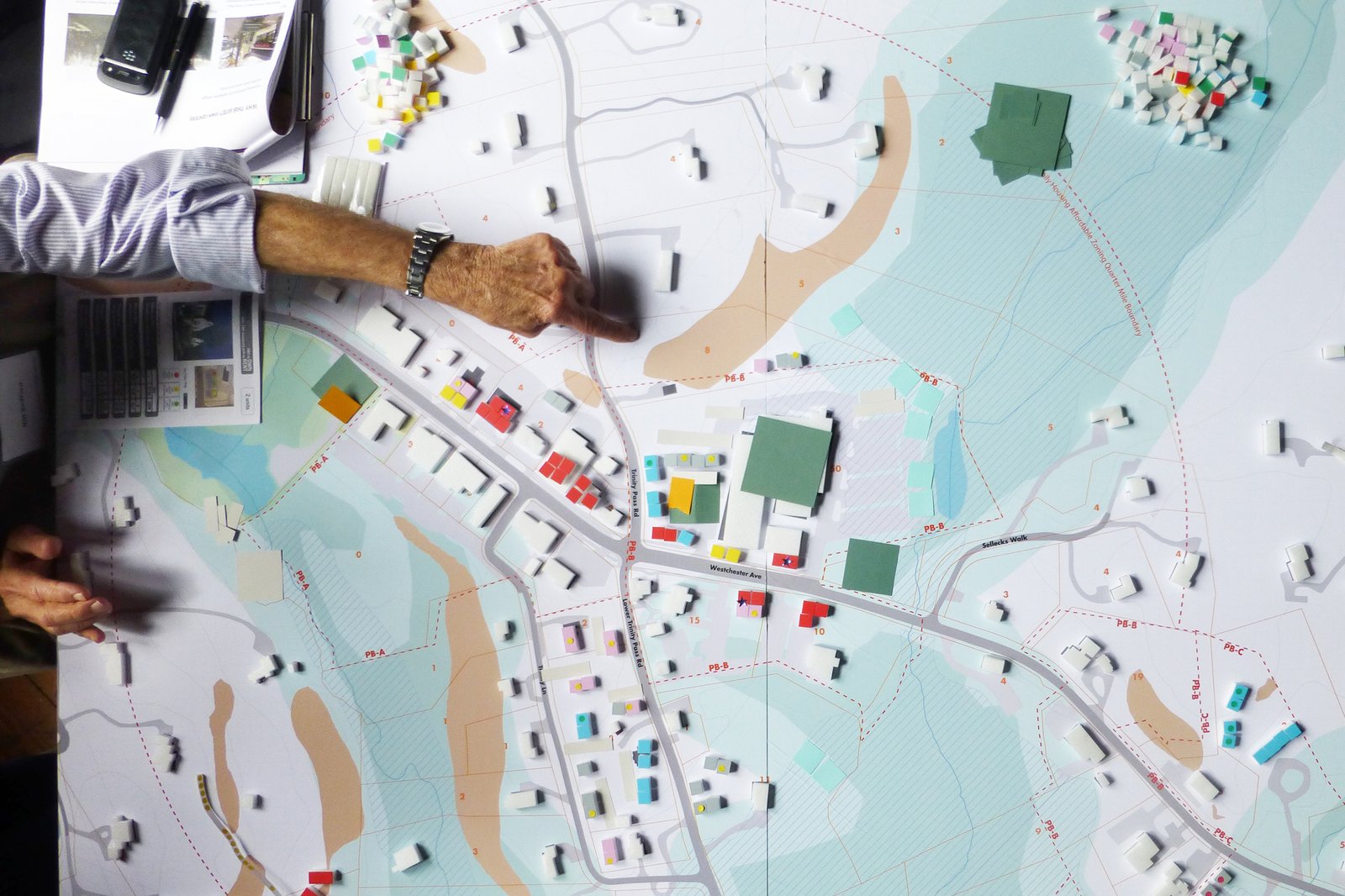
For Westchester County, WXY helped utilize Community Design Institutes that combined technology, planning research, and charrette techniques, to generate development scenarios with live feedback.
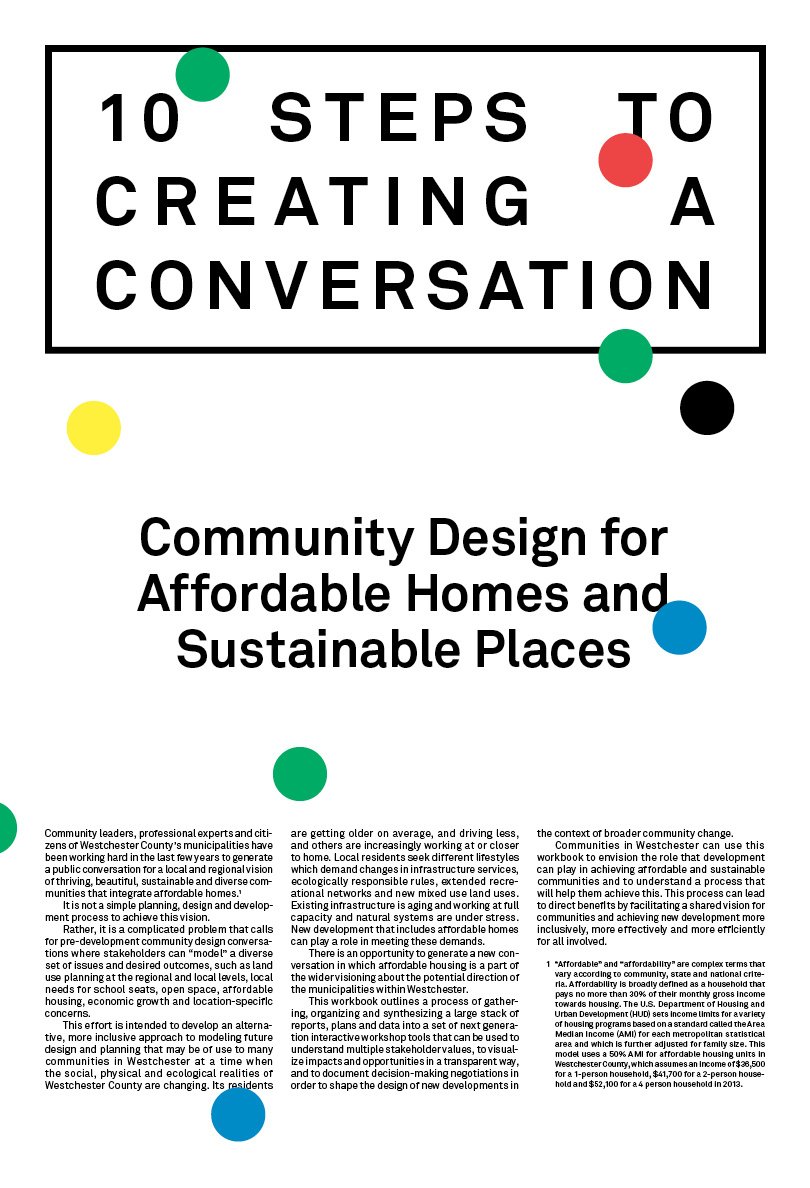
A 10-step guide publication for Community Design for Affordable Homes and Sustainable Places.
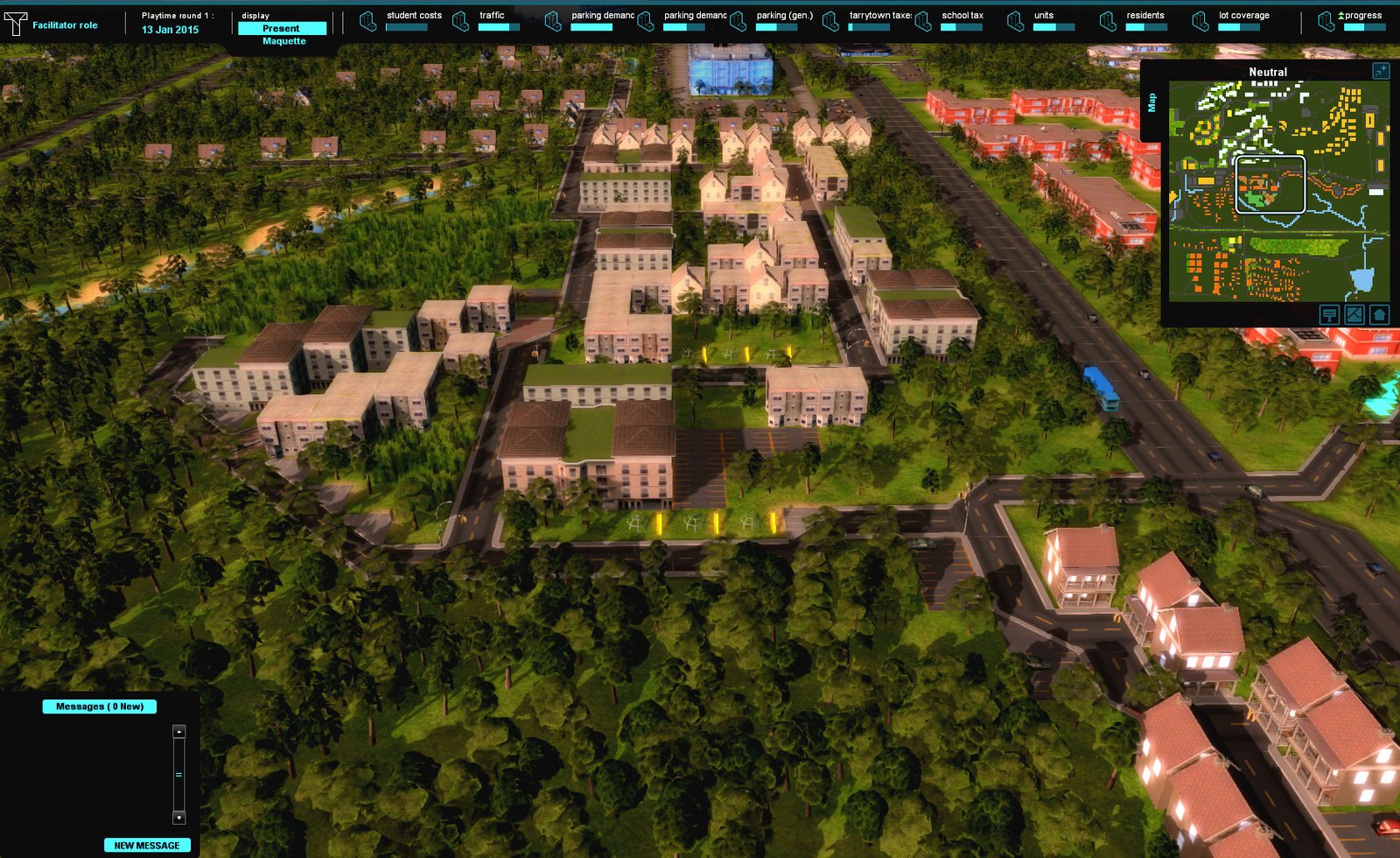
WXY planners utilized Tygron Next Generation Planner software to create a platform for workshops that provided immediate data outputs for the participants to adjust their models.
Beyond facilitating conversations as an integral part of each design process, WXY has actively generated dialogues to engage diverse communities around public space and systems around it.
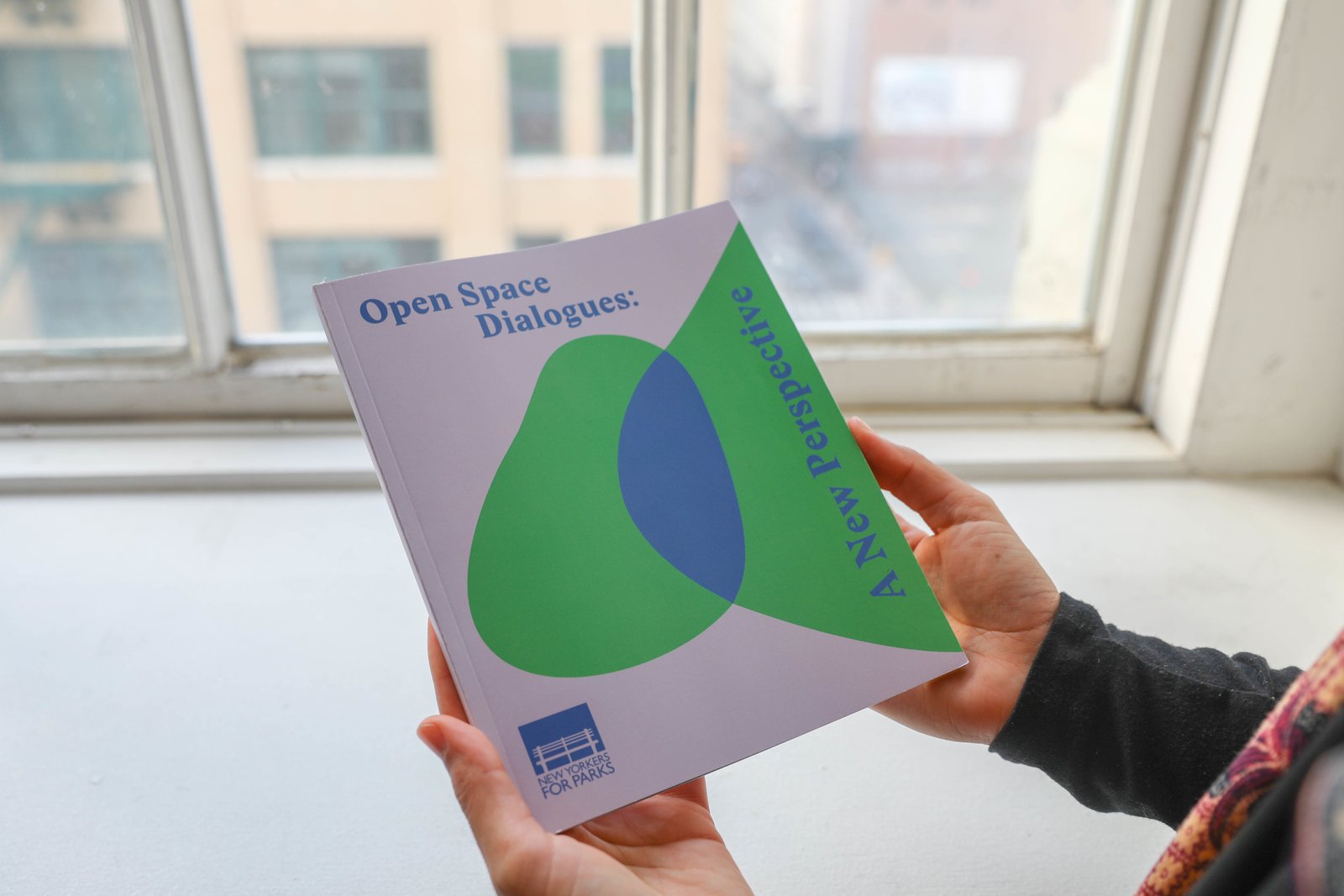
The citywide independent open space advocacy organization New Yorkers for Parks (NY4P) engaged WXY to conduct original research and organize public discussions focused on how to ensure new zoning initiatives make room for adequate parks and open space.
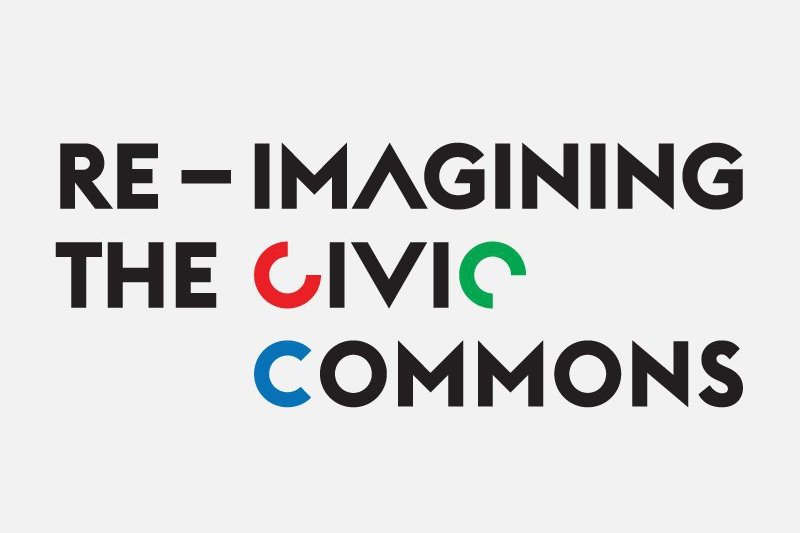
Re-Imagining the Civic Commons explores the value of shared spaces and new models to sustain civic assets. Through City Soundings in cities across the U.S., the project engaged community leaders, planners, and experts through City Sounding meetings, developing strategies to guide decision-makers in enhancing urban communities and shared spaces.
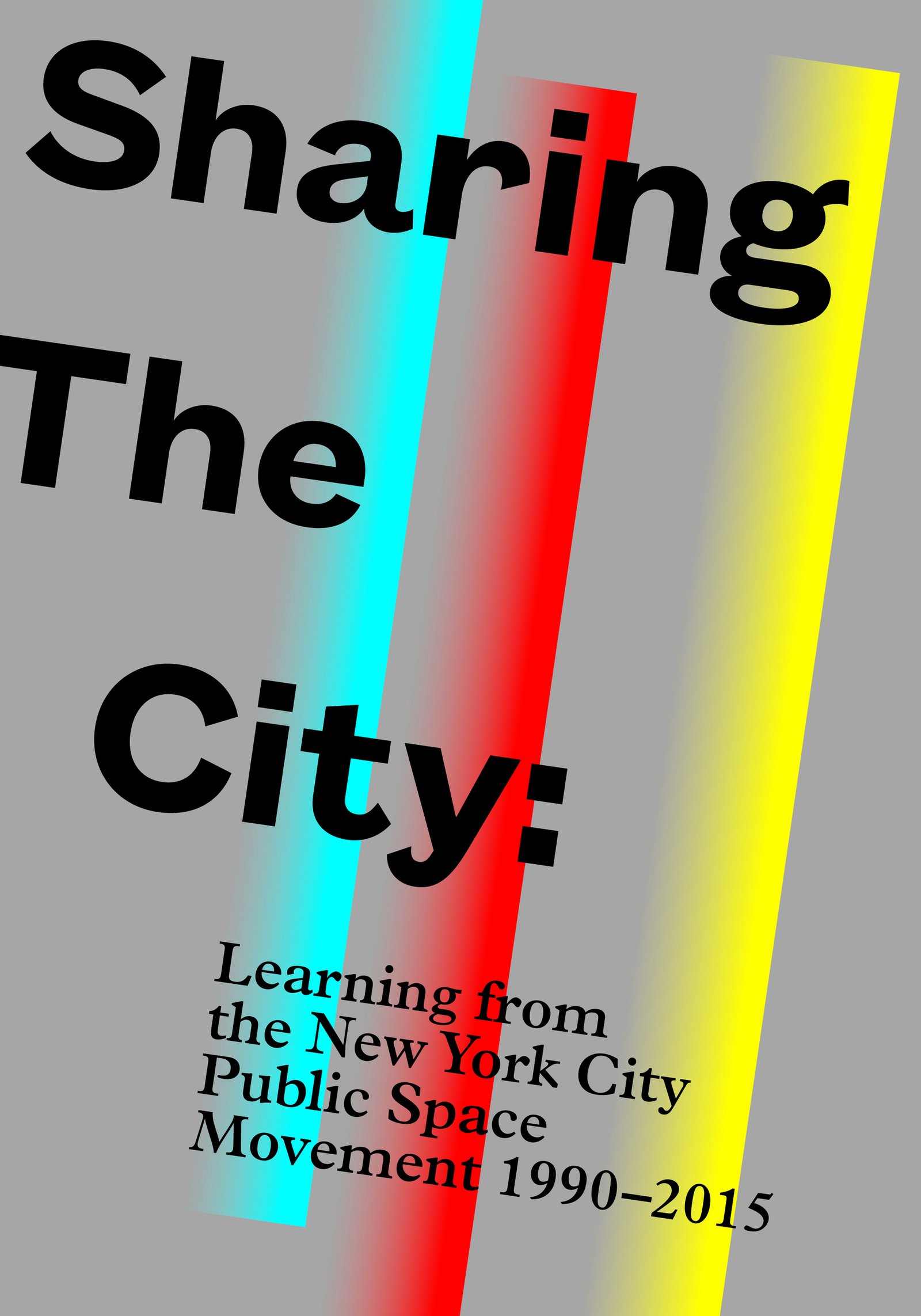
To explore the future of New York’s public spaces, we interviewed 20 public space leaders and identified shifts in governance, milestones, and emerging challenges. Insights from these conversations informed two 2016 workshops with government, design, and civic leaders, fostering dialogue on past successes and strategies for advancing shared public space agendas.
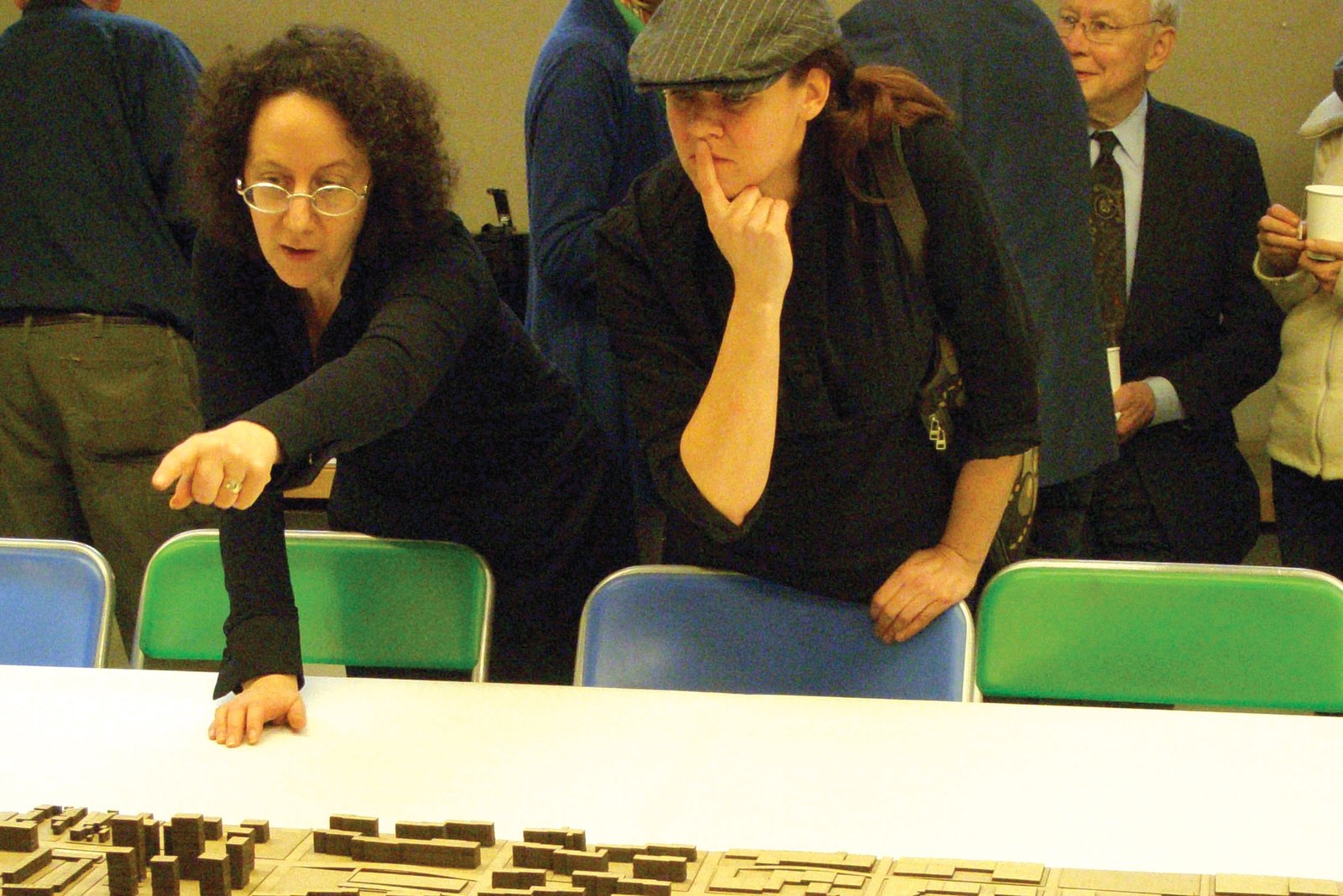
Civic Action, led by the Noguchi Museum, brought together artists, architects, and planners to shape solutions for a livable Long Island City, with WXY guiding and supporting the effort.